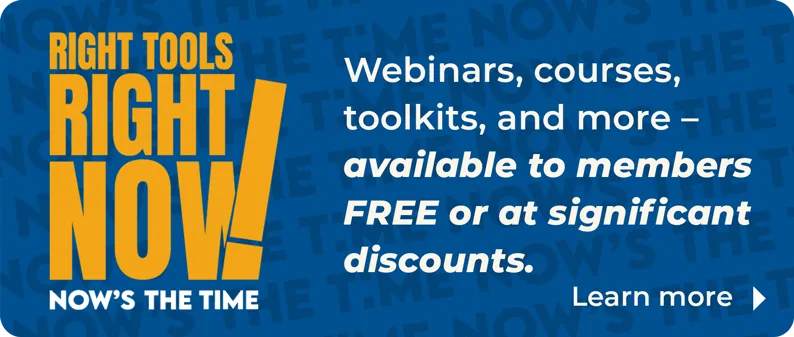At the national level, housing affordability improved in August compared to the previous month, according to NAR’s Housing Affordability Index. Compared to the prior month, the monthly mortgage payment decreased by 4.4% while the median family income increased by 0.3%, making home buying more affordable in August. However, affordability is still significantly down from a year ago.
Compared to one year ago, affordability fell in August as the monthly mortgage payment climbed 43.7% and median family income rose by 3.1%. The effective 30-year fixed mortgage rate1 was 5.29% this August compared to 2.89% one year ago, and the median existing-home sales price rose 7.6% from one year ago.


As of August 2022, the national and regional indices were all above 100, except in the West, where the index was 72.8. An index above 100 means that a family with a median income had more than the income required to afford a median-priced home. The income required to afford a mortgage, or the qualifying income, is the income needed so that mortgage payments on a 30-year fixed mortgage loan with a 20% down payment account for 25% of family income.2 The most affordable region was the Midwest, with an index value of 139.5 (median family income of $86,696 with a qualifying income of $62,160). The least affordable region remained the West, where the index was 72.8 (median family income of $96,069 and the qualifying income of $132,048). The Northeast was the second most affordable region with an index of 111.9 (median family income of $100,017 and the qualifying income of $89,376). The South was the second most unaffordable region with an index of 104.1 (median family income of $80,820 with a qualifying income of $77,664).
A mortgage is affordable if the mortgage payment (principal and interest) amounts to 25% or less of the family’s income.2


Housing affordability3 had double-digit declines from a year ago in all four regions. The South had the biggest decline of 31.0%. The Midwest and West both experienced a weakening in price growth of 27.7%. The Northeast had the smallest dip of 23.3%.
Affordability was up in all regions from last month. The Northeast region rose 10.5%, followed by the Midwest with an incline of 4.1%. The West was up 4.0%, followed by the South, which had the smallest increase of 3.8%.
Nationally, mortgage rates were up 240 basis points from one year ago (one percentage point equals 100 basis points) from 2.89% to 5.29%.
Compared to one year ago, the monthly mortgage payment rose to $1,759 from $1,224, an increase of 43.7%. The annual mortgage payment as a percentage of income inclined to 23.9% this August from 17.2% from a year ago—largely due to higher mortgage rates. Regionally, the West has the highest mortgage-payment-to-income share at 34.4% of income. The South had the second-highest share at 24.0%, followed by the Northeast with a share of 22.3%. The Midwest had the lowest mortgage payment as a percentage of income at 17.9%. Mortgage payments are not burdensome if they are no more than 25% of income.4



Last week, the Mortgage Bankers Association released data showing that mortgage applications decreased by 2% from one week earlier. Mortgage rates remain above 5% but have declined in the previous two months. Monthly mortgage payments have also been on the decline in past months, putting less burden on incomes. Home prices are still growing 7%, but the median family home price was under $400,000 for the first time since March of this year. An increase in housing inventory and price declines in certain markets will help potential homeowners improve their chances of buying a home.
The Housing Affordability Index calculation assumes a 20% down payment and a 25% qualifying ratio (principal and interest payment to income). See further details on the methodology and assumptions behind the calculation.
1 Starting in May 2019, FHFA discontinued the release of several mortgage rates and only published an adjustable-rate mortgage called PMMS+ based on Freddie Mac Primary Mortgage Market Survey. With these changes, NAR discontinued the release of the HAI Composite Index (based on 30-year fixed rate and ARM) and starting in May 2019 only releases the HAI based on a 30-year mortgage. NAR calculates the 30-year effective fixed rate based on Freddie Mac's 30-year fixed mortgage contract rate, 30-year fixed mortgage points and fees, and a median loan value based on the NAR median price and a 20% down payment.
2 Housing costs are burdensome if they take up more than 30% of income. The 25% share of mortgage payment to income takes into account that homeowners have additional expenses such as mortgage insurance, home insurance, taxes, and expenses for property maintenance.
3 A Home Affordability Index (HAI) value of 100 means that a family with the median income has exactly enough income to qualify for a mortgage on a median-priced home. An index of 120 signifies that a family earning the median income has 20% more than the level of income needed pay the mortgage on a median-priced home, assuming a 20% down payment so that the monthly payment and interest will not exceed 25% of this level of income (qualifying income).
4 Total housing costs that include mortgage payment, property taxes, maintenance, insurance, and utilities are not considered burdensome if they account for no more than 30% of income.
5 The Mortgage Bankers Association (MBA) that analyzes data from Ellie Mae's AllRegs® Market Clarity® business information tool. A decline in the MCAI indicates that lending standards are tightening, while increases in the index are indicative of loosening credit.









